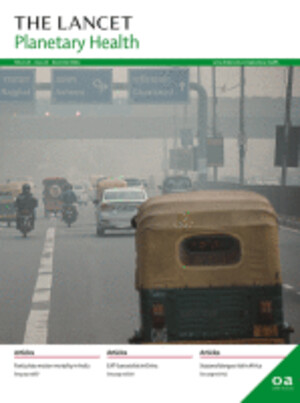
Understanding the veterinary antibiotic flow in Malawi: Complexities, gaps and needs
Abstract
Introduction: Veterinary antibiotics are essential for maintaining animal health and welfare, however, small-scale farmers in Malawi face challenges in accessing them due to limited availability, affordability, and long distances to rural drug retailers.
Methods: This study mapped the veterinary antibiotic distribution chain, examined the governance structure of the chain, and analyzed access and usage practices among stakeholders in Malawi. Data were collected through focus group discussions (n = 15), key informant interviews (n = 6) and individual interviews (n = 189).
Results: The key stakeholders identified included regulators, local pharmaceutical manufacturers, wholesalers, veterinary clinics, veterinary retail shops, animal health practitioners, and farmers. The distribution of veterinary antibiotics was characterized by both formal and informal pathways for importing and distributing veterinary medicines. Additionally, there were issues with antibiotic mishandling such as improper storage on open shelves in direct sunlight and disposal in pit latrines. There was a marked lack of proper antibiotic dispensation training among veterinary medicine shop attendants, and in terms of regulation, there were gaps in coordination and overlapping mandates among regulatory authorities hindering effective regulation.
Discussion: Regulatory agencies need to strengthen oversight of veterinary antibiotics, conduct trainings on antibiotic stewardship with various stakeholders, and enhance public-private partnerships to better manage the informal pathways for importing and distributing veterinary medicines. This multi-sectoral approach aims to ensure responsible use and improve the pharmacovigilance of veterinary antibiotics.
Citation
Mhone, A.L., Muloi, D.M. and Moodley, A. 2024. Understanding the veterinary antibiotic flow in Malawi: complexities, gaps and needs. Frontiers in Veterinary Science 11: 1474307.










